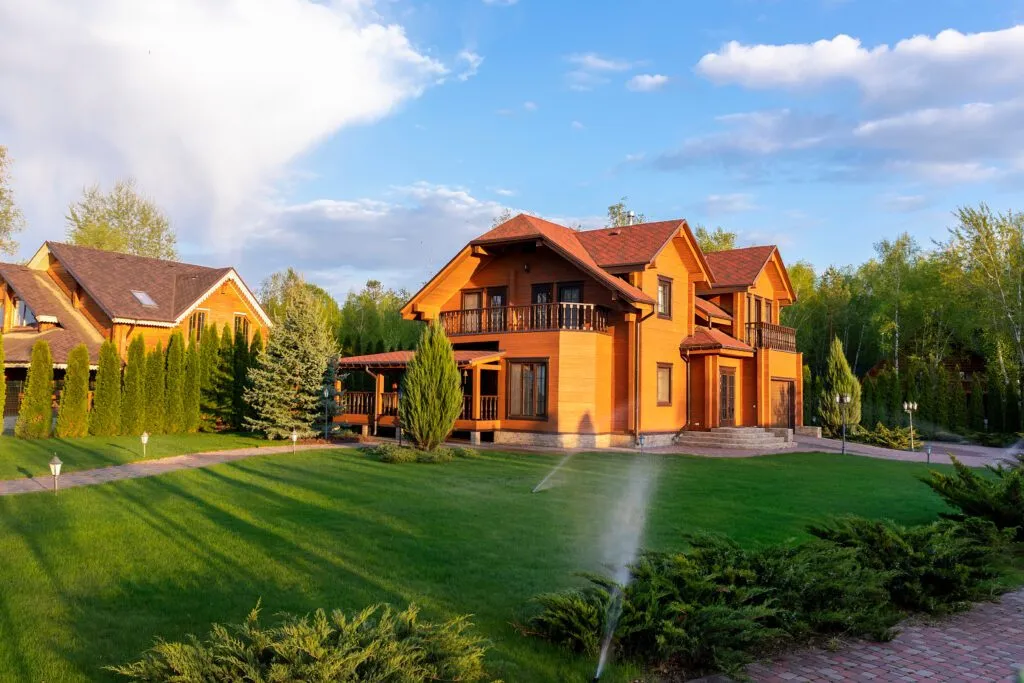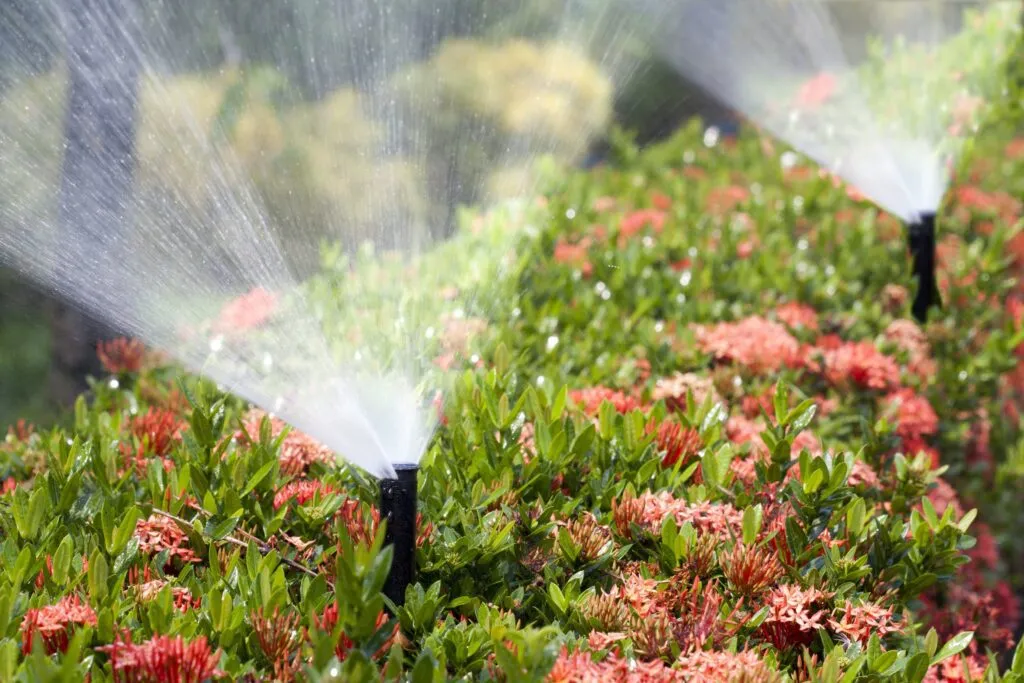The Ideal Conditions of Fall
When installing a new sprinkler system in Sparta, IL, it inevitably results in mild damage to the existing turf, damage that gradually “heals” over time. To install an irrigation system, narrow trenches, 8 to 12 inches deep and about the same width, must be cut through the lawn surface to run piping for each watering zone. More turf damage often occurs during fall installations as the drier conditions are favorable for trenching, reducing damage. The wheels and tracks of trenching machinery also have less impact on dry turf compared to wet turf. Installing the irrigation piping is more manageable when the excavated soil is dry, making it easier to return the dry dirt to the trench without harming the adjacent turf.
On the flip side, excessively dry soil can present its own set of challenges during sprinkler installation. High summertime temperatures in Sparta, IL, cause moisture to evaporate from the ground, resulting in dry, hard, cracked, and compacted soil that is difficult for trenching and can lead to more turf damage than necessary.

Before any digging takes place, Diversified Services creates an irrigation installation map of the property in Sparta, IL, determining the best configuration and types of zones to suit the property’s specific needs. Doing this mapping in the fall, when rainfall levels are lower, allows the team to more accurately assess irrigation needs throughout the property, determining which areas (or “zones”) require more or less water.
After installation is complete, recovery time for grass damaged by trenching is shorter in the fall than in the spring or summer. During autumn, plants begin their natural preparation for their upcoming winter dormancy period by absorbing nutrients into their root systems rather than directing energy to above-ground growth. This seasonal shift in the usage of nutrition and water makes healing from damage much easier on the plant as the blades of grass are nearing dormancy.
Protect Your Fall Landscape Investments
Sprinkler systems aren’t the only outdoor upgrades that do well when installed in the fall in Sparta, IL. Trees and shrubs planted in the fall get a healthy head start on becoming acclimated to the soil and begin to establish stronger root systems that will help ensure their health in the year to come. Spring weather conditions can be too wet for shrub root systems to be sufficiently established to survive the oncoming high temperatures and dryer soil of summer.
Planting shrubs and trees in the fall, when the soil is still warm from summer but air temperatures are cooler, reduces stress on new plantings. Again, this is when all plants are preparing for winter by stocking up on nutrients, making it easier for them to grow stronger root systems that will help them survive the cold of winter, the heavy rains of spring, and the high heat of summer.
Skip The Wait!

Spring is the busiest season for Diversified Services‘ irrigation team in Sparta, IL. Warming temperatures and thawing ground drive requests for new system installs – in addition to a full schedule of seasonal system start-ups, system expansion, and repairs to older irrigation systems. Waiting until spring to schedule a new sprinkler system installation may add additional weeks of waiting for an opening in an already busy schedule. And, spring’s unpredictable weather with its onslaught of heavy rain can force crews to pause their work as they wait for the soil to be dry enough for an installation – causing new install customers to wait even longer.
In the fall, Diversified Services‘ irrigation professionals in Sparta, IL, can be much more flexible with schedules and complete installations more quickly. And, with a fall irrigation system install, when the first dry days of next year arrive, your new system will already be activated and ready to go!

